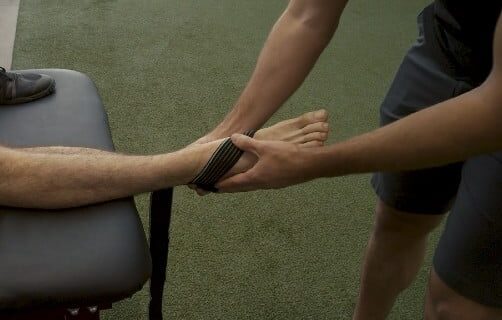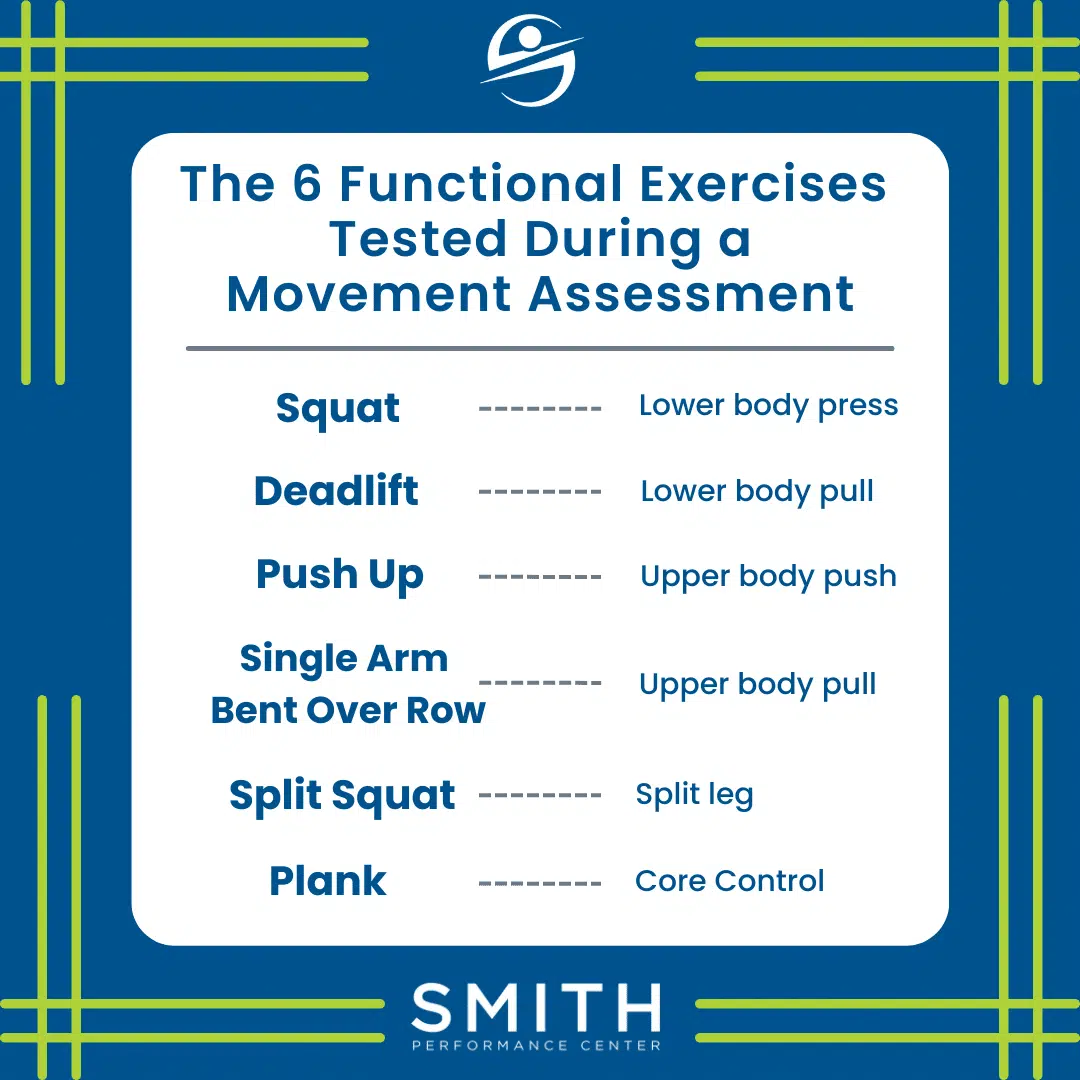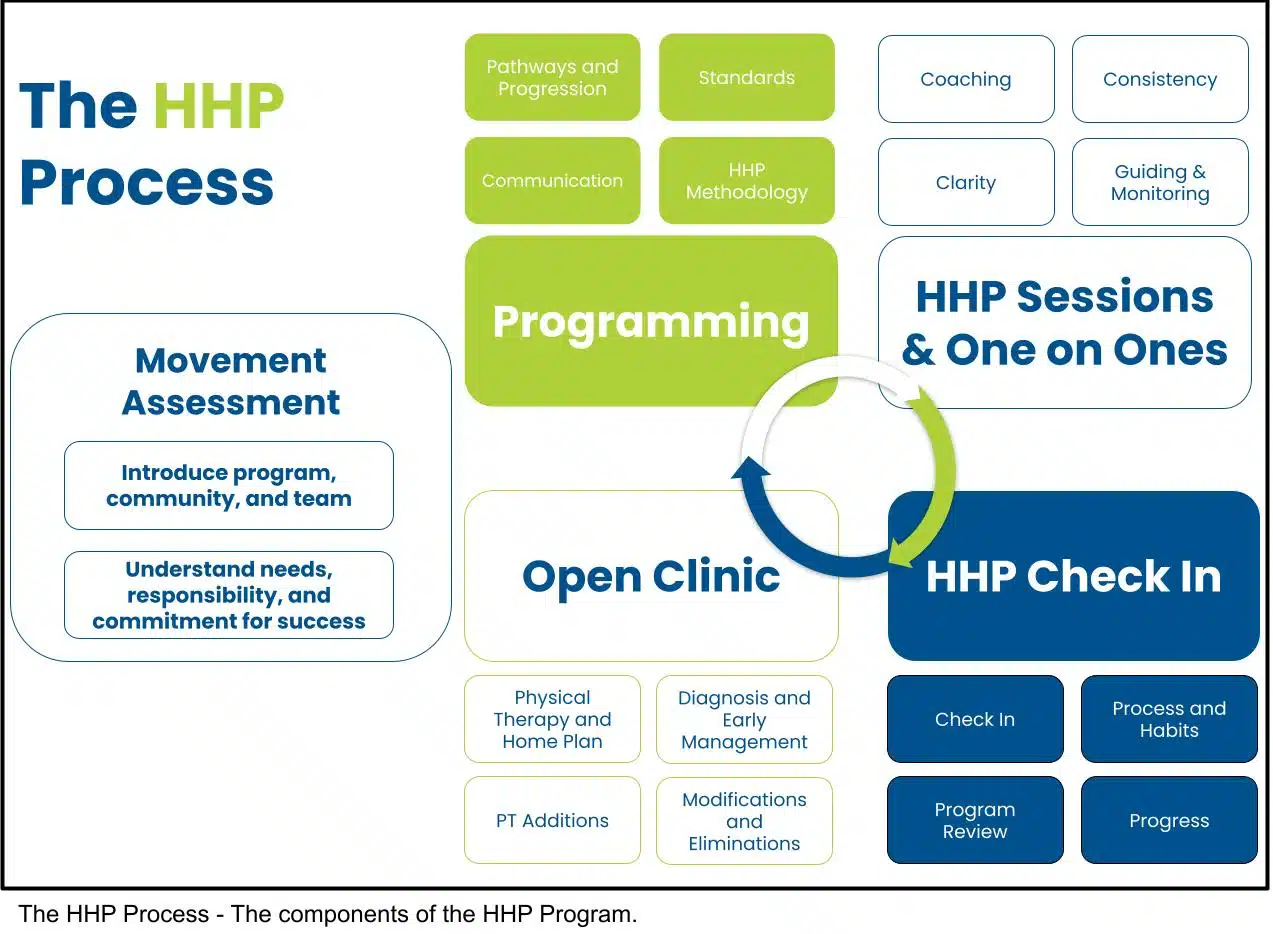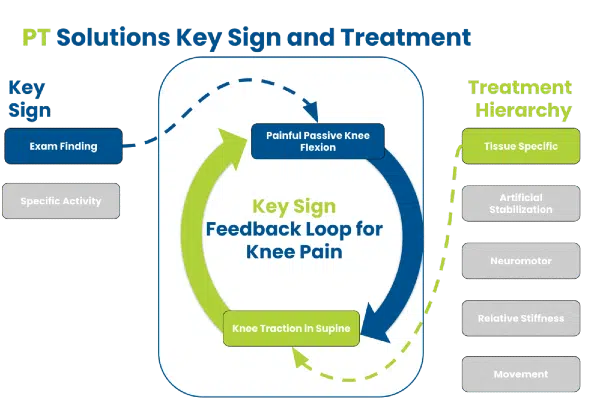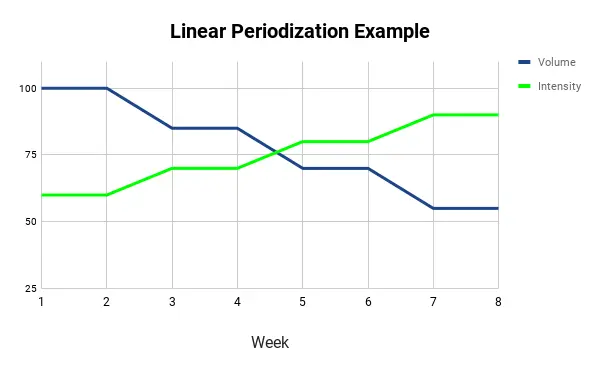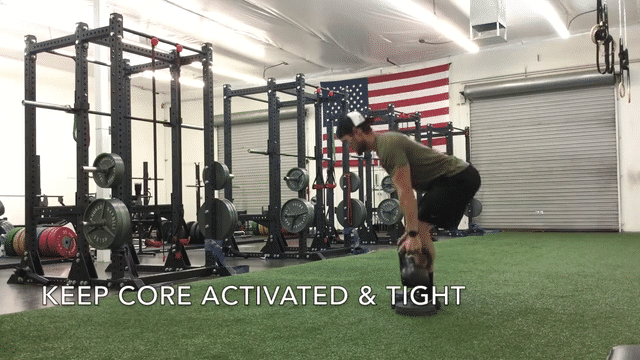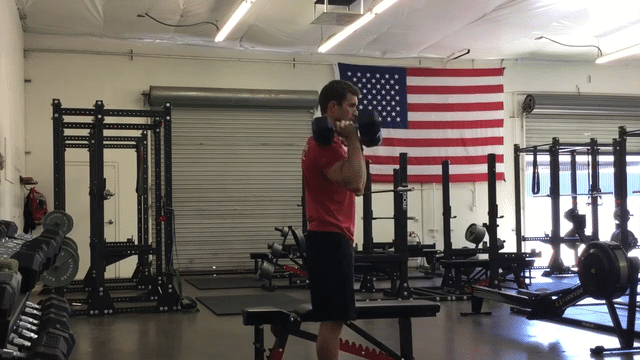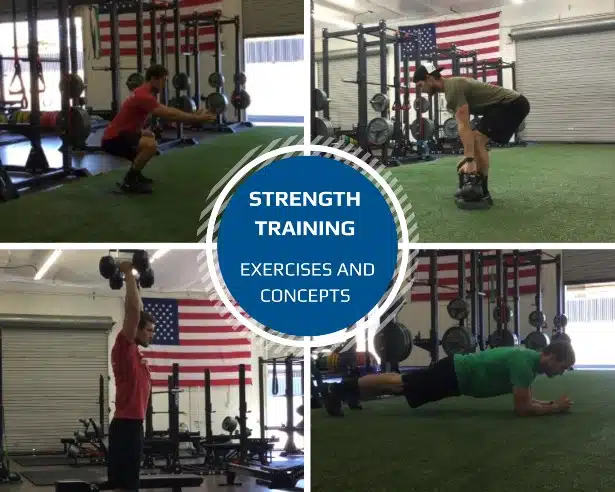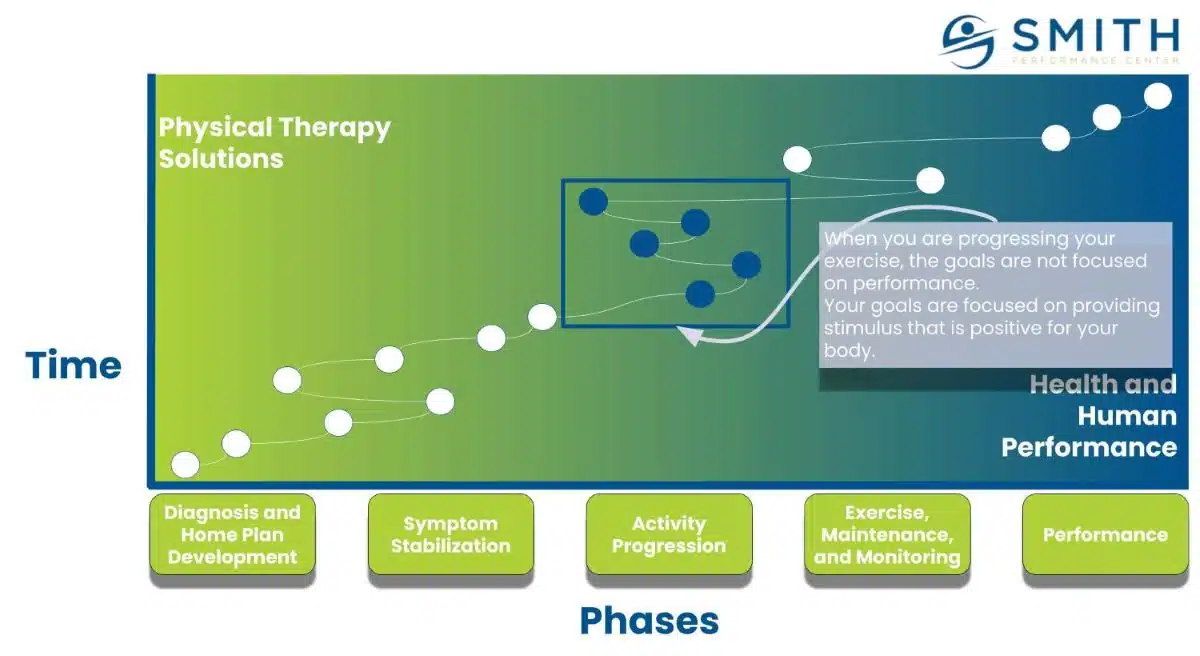
The 4 Primary Goals In Strength Training When Struggling With An Injury or Pain
Goal setting is one of the most important, yet tricky aspects of training. Our team believes that goals are secondary to developing habits and systems that you can do day in and day out. We call this an exercise habit and it is a critical aspect of becoming an exerciser. However, goals can help to shape your training, increase motivation, and improve decision-making during the course of workouts. When you are returning from an injury or dealing with a particularly irritating pain, we believe your goal is very specific. You need to exercise without your body feeling terrible. While this sounds obvious, one of the most common training mistakes our coaches see clients make is too much focus on performance while ignoring a recurring injury or pain. If you have pain during your running, biking, lifting, etc., you will not achieve performance goals. We strongly believe there are 4 goals

